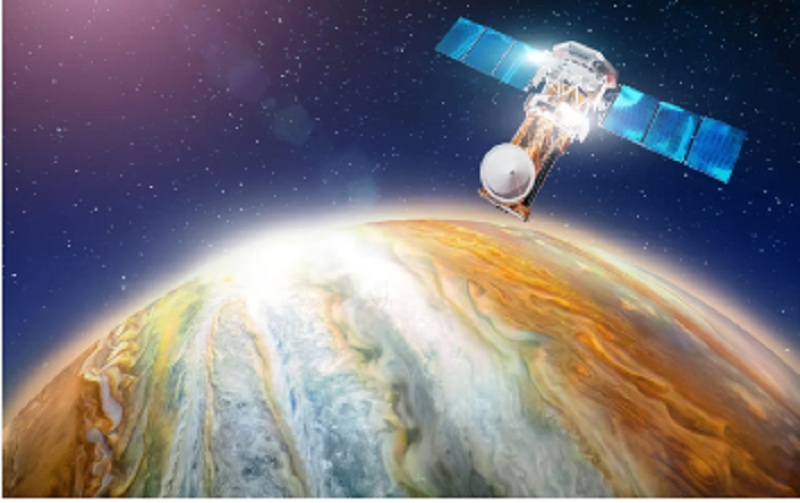The Indian Space Research Organisation (ISRO) is gearing up for its mission to Venus with the Venus Orbiter Mission (VOM). The spacecraft is scheduled to launch on March 29, 2028.
The interplanetary mission, approved in the latest Cabinet meeting, will use ISRO’s new heavy-lift launch vehicle LVM-3 (Launch Vehicle Mark 3) rocket to propel the spacecraft on its 112-day journey to Venus.
The orbiter is expected to reach its destination on July 19, 2028, showcasing India’s growing capabilities in interplanetary exploration.
VOM aims to study Venus’s atmosphere and geological features using a suite of sophisticated scientific instruments.
The mission’s objective is to study Venus’s surface, subsurface, and atmospheric processes, along with the impact of solar activity on its atmosphere.
Venus is considered key to understanding planetary evolution, as it may have once had conditions similar to Earth.
ISROwill manage the spacecraft’s development and launch, with a total budget of Rs 1,236 crore, Rs 824 crore of which will go towards building the spacecraft.
The spacecraft will carry an array of cutting-edge instruments, including synthetic aperture radar, infrared and ultraviolet cameras, and sensors to study Venus’s ionosphere. These tools will help scientists unravel the mysteries of Venus’s thick, carbon dioxide-rich atmosphere and explore the possibility of active volcanoes on the planet’s surface.
India’s Venus Orbiter Mission will be equipped with a suite of scientific instruments designed to explore Venus’s atmosphere, surface, and plasma environment.
The Venus Orbiter Mission represents a collaborative effort, with international participation from countries like Russia, France, Sweden, and Germany.
ALSO READ: IIT Guwahati & ISRO discover low polarization in X-rays from Galactic Ultraluminous X-ray Pulsar
The Swedish Institute of Space Physics (IRF) will contribute the Venusian Neutrals Analyzer (VNA) instrument to study the interaction between charged particles from the Sun and Venus’s atmosphere.















